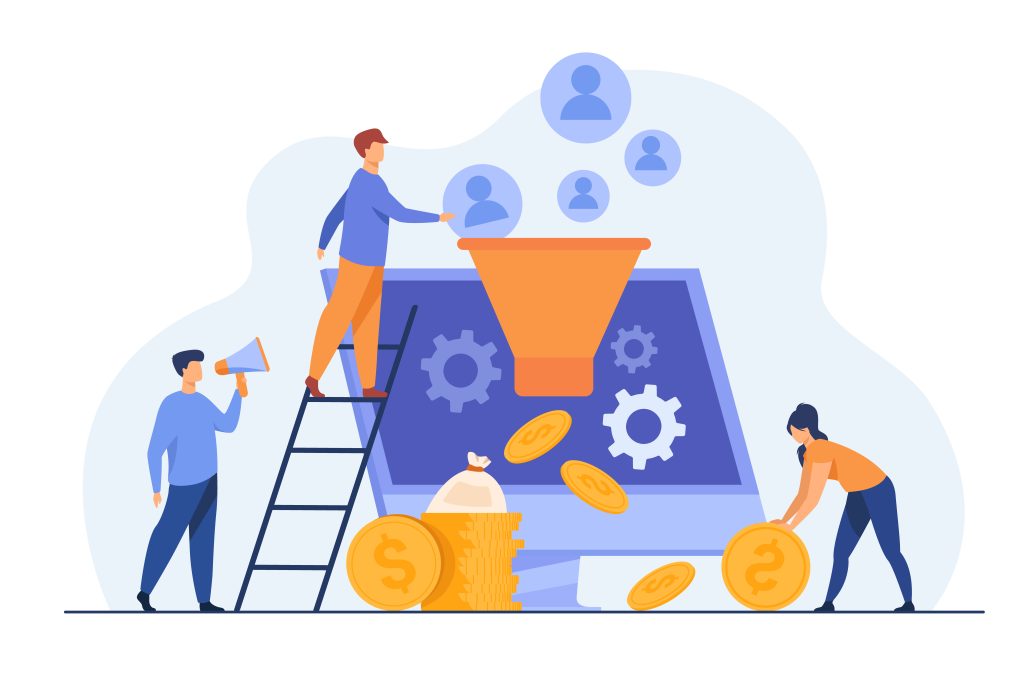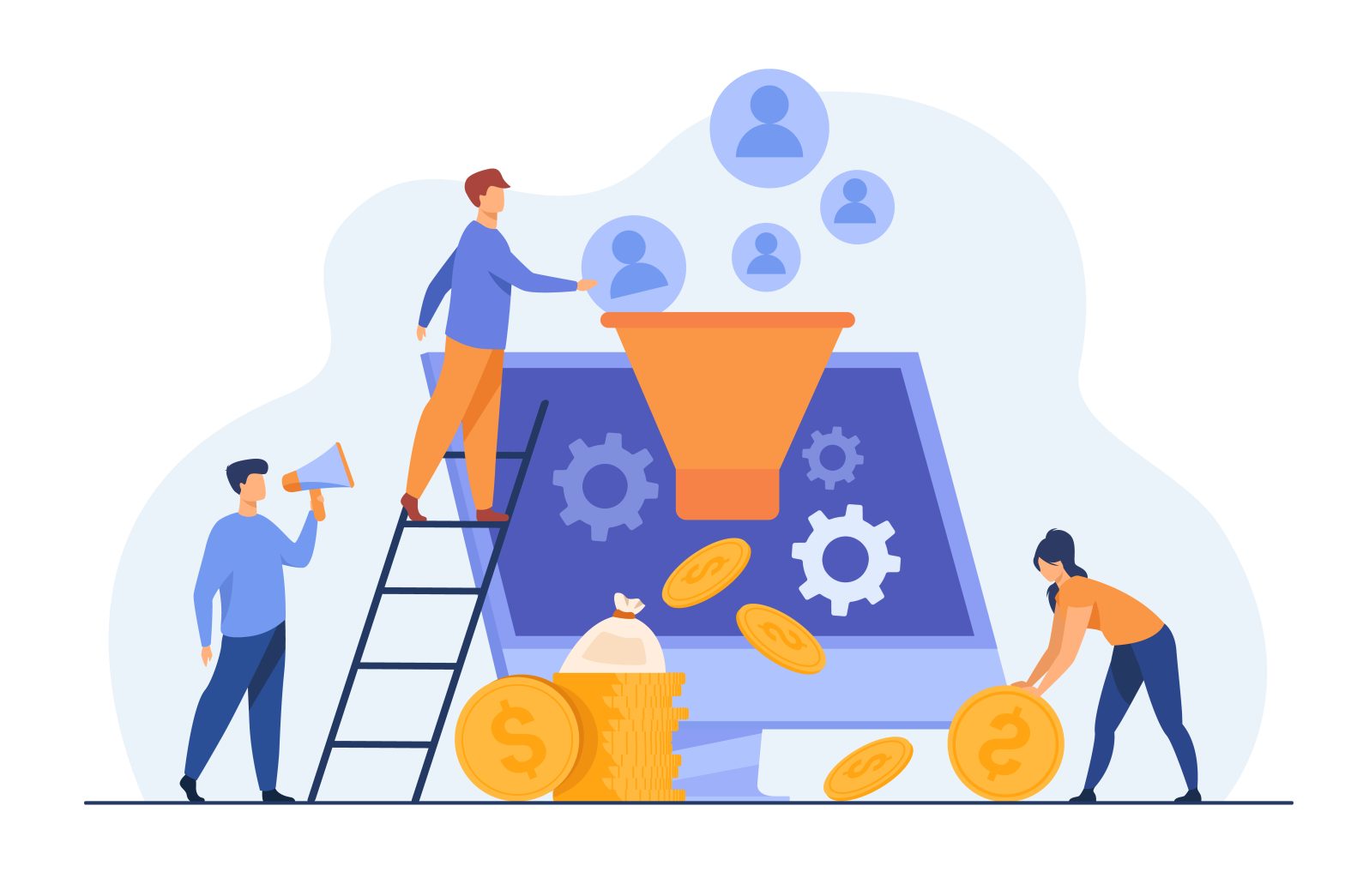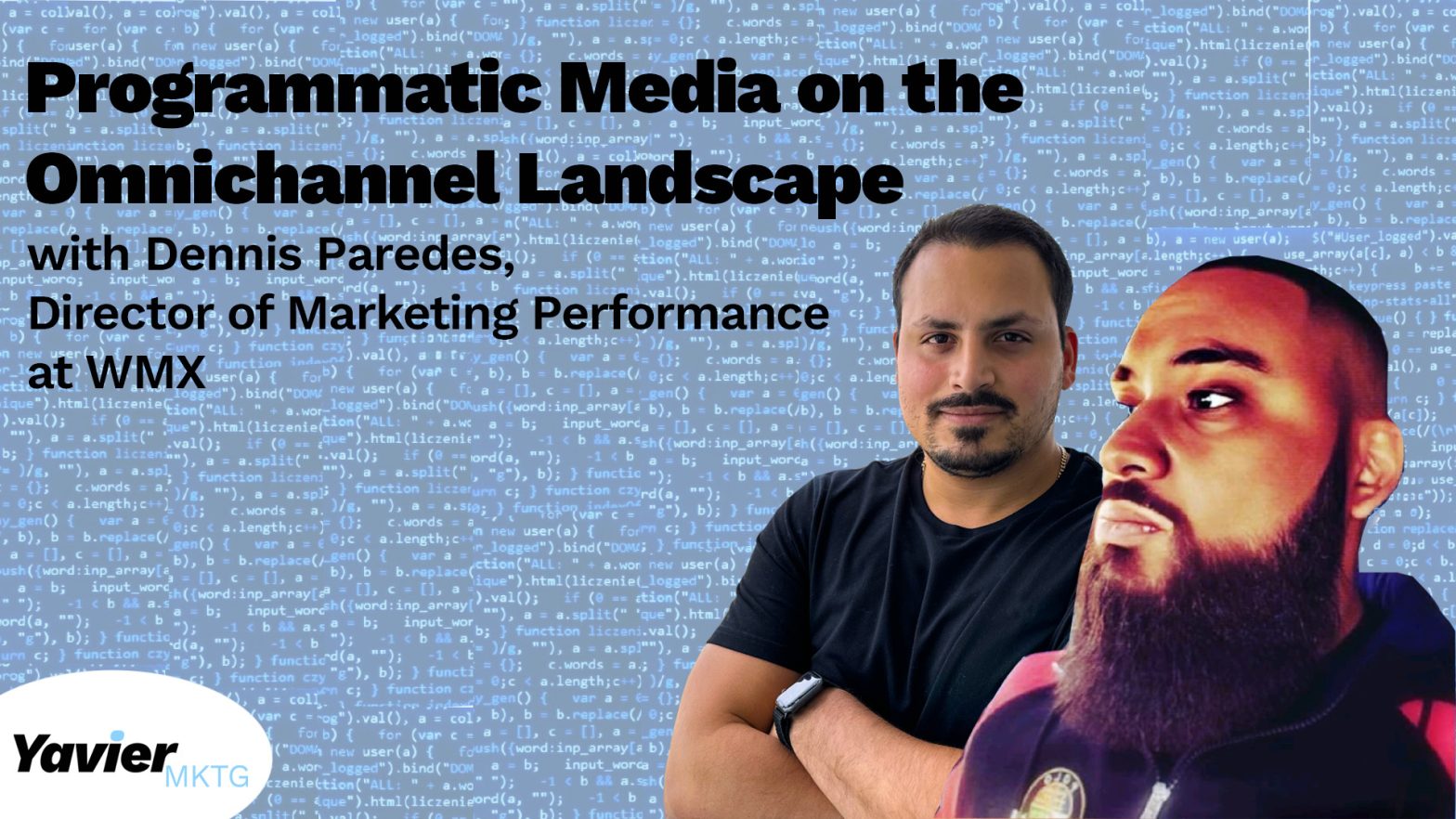Constantly, digital media buyers are trying to figure out how to create a campaign that will drive results. A lot of them have their goals clear, but there are others that do not. It is important to know your client or business well, know the brand, know the target audience, and understand the websites built and the buying engine in it to create the best strategy for that campaign. Based on my experience and the people I know that run digital campaigns, they don’t think about this that much. I’ve noticed that they just create an audience or audiences and start serving ads to specific demographics. As a programmatic media buyer, I have the responsibility to launch campaigns that will drive revenue with a positive ROAS, COS, or CPL. After thinking of different strategies and studying my client’s brands and how we can reach success, I encountered with marketing or sales funnel.

Marketing or sales funnel describes the customer’s journey at the time to make a purchase. This funnel starts from the moment when they get to know your product or brand, to the purchasing stage. To give you an example, think about when you are buying a product online. What are the stages or steps you must do to finish the purchase? Let’s think about a pair of sneakers, your first step is to look for a brand, store, or type of sneaker. Probably after you did that search, you will start receiving ads from different shoe brands or stores and that’s when you are on the top of that funnel, the awareness stage. Let’s say you click on a Zappos.com ad and you went to their website. You are still in the awareness stage since you haven’t started considering buying a pair of sneakers from them. You just went into the website because the ad copy mentioned a new product release and you wanted to check what this website is all about. Let’s say you liked the shoe, you went to the product page on the website, and you started considering these shoes to buy, but you are not sure since you want to check other websites for price comparison. You are in a stage of consideration. My job as a programmatic media buyer is to make you buy that product. You will probably ask yourself, how am I going to do that since I don’t control people’s actions? You are right, I don’t, but you already clicked on the ad, and it means you were interested in what you saw in the banner or video. This means that my prospecting strategy worked to bring a new person to get to know the brand. When my prospecting strategy starts driving new people to the website, my next step is to capture the people who really were interested in any product of the business and bring them back to commit a purchase. That’s when my retargeting strategy comes in.
For retargeting to work, a retargeting pixel or floodlight needs to be installed on the website, especially on the page that you want the people to reach so you can retarget them. My approach will be installing different retargeting pixels on the different pages of the stages of buying a product. By doing this, I’ll start creating audiences based on the website buying engine behavior. It will start creating different buckets of devices/people that reach certain steps of that engine. For example, the usual pages/steps to buy are finding the product (Step 1), View Cart (Step 2), Summary of the Purchase (Step 3), Check out (Step 4), and Confirmation (Step 5). From Step 1 through Step 4, I’ll install retargeting pixels on each of the pages to try to persuade the customer to complete the purchase they haven’t completed by delivering ads with my retargeting campaign.
For this type of business, I’ll have a Prospecting and a Retargeting campaign to try to push customers to make a purchase. Prospecting will be in charge of getting new people to see your brand, get to know your product, and create interest. My retargeting approach will be to retarget the people who were interested in buying from Zappos.com. It is important to understand that I don’t want to retarget everyone who went to the website since there are a lot of bots that make fake clicks on ads and sometimes people click on ads by mistake. I want to use the retargeting budget with the people who demonstrate interest by exploring the website or going to the purchasing engine. With all this said, I’ll have a full marketing/sales funnel approach developed where Prospecting will feed the retargeting pixels. Afterwards, with the different retargeting pixels installed, different buckets will be created based on the buying engine or any other page, I placed those pixels in order to be retargeted.







Leave a Reply